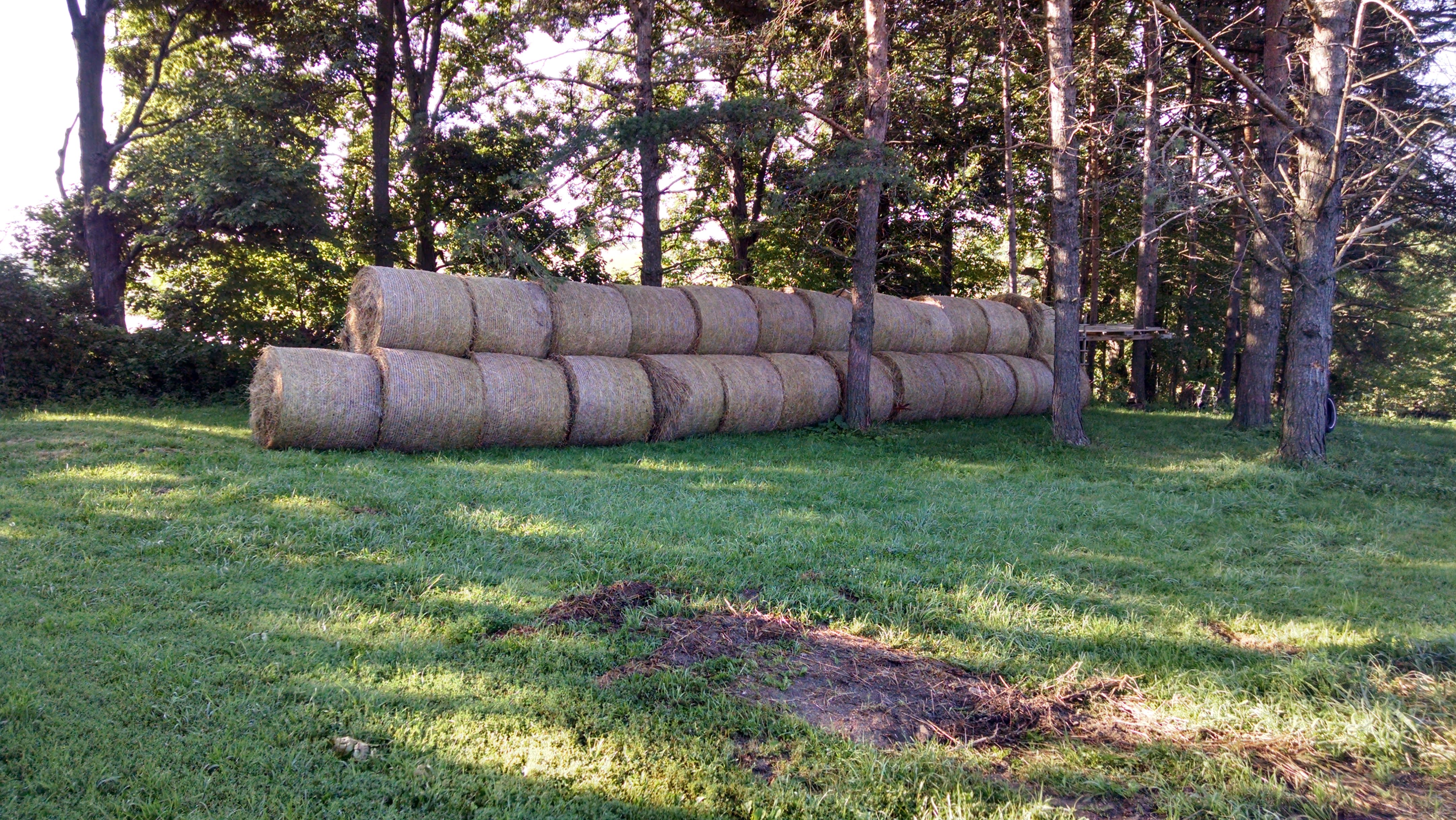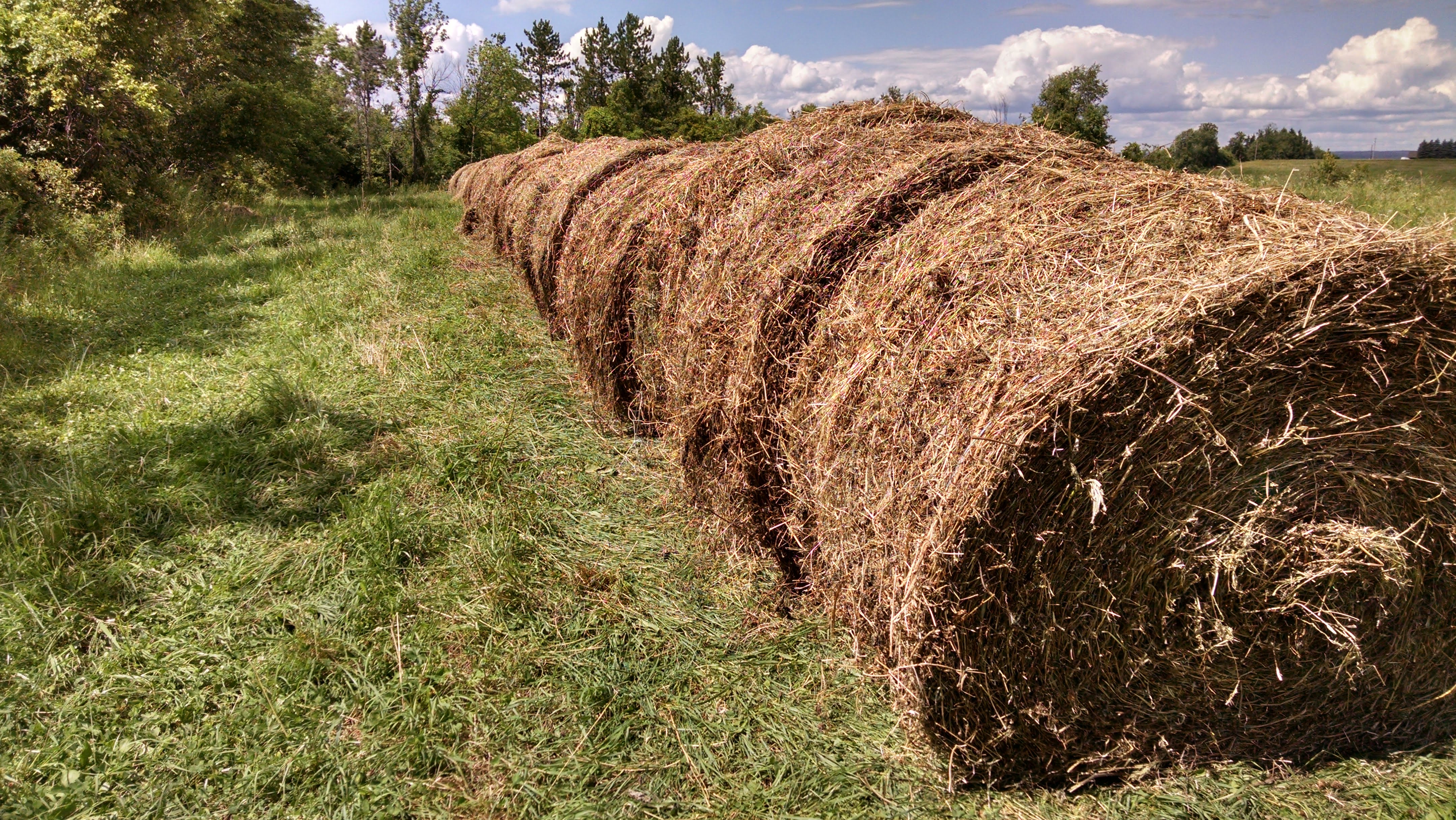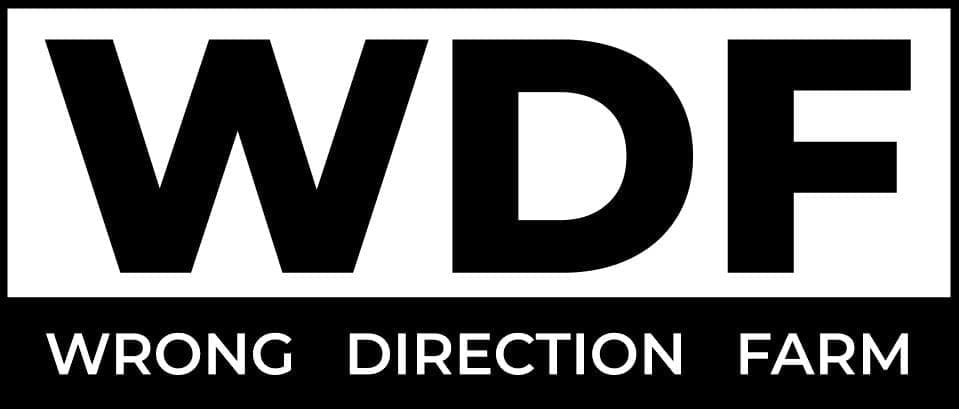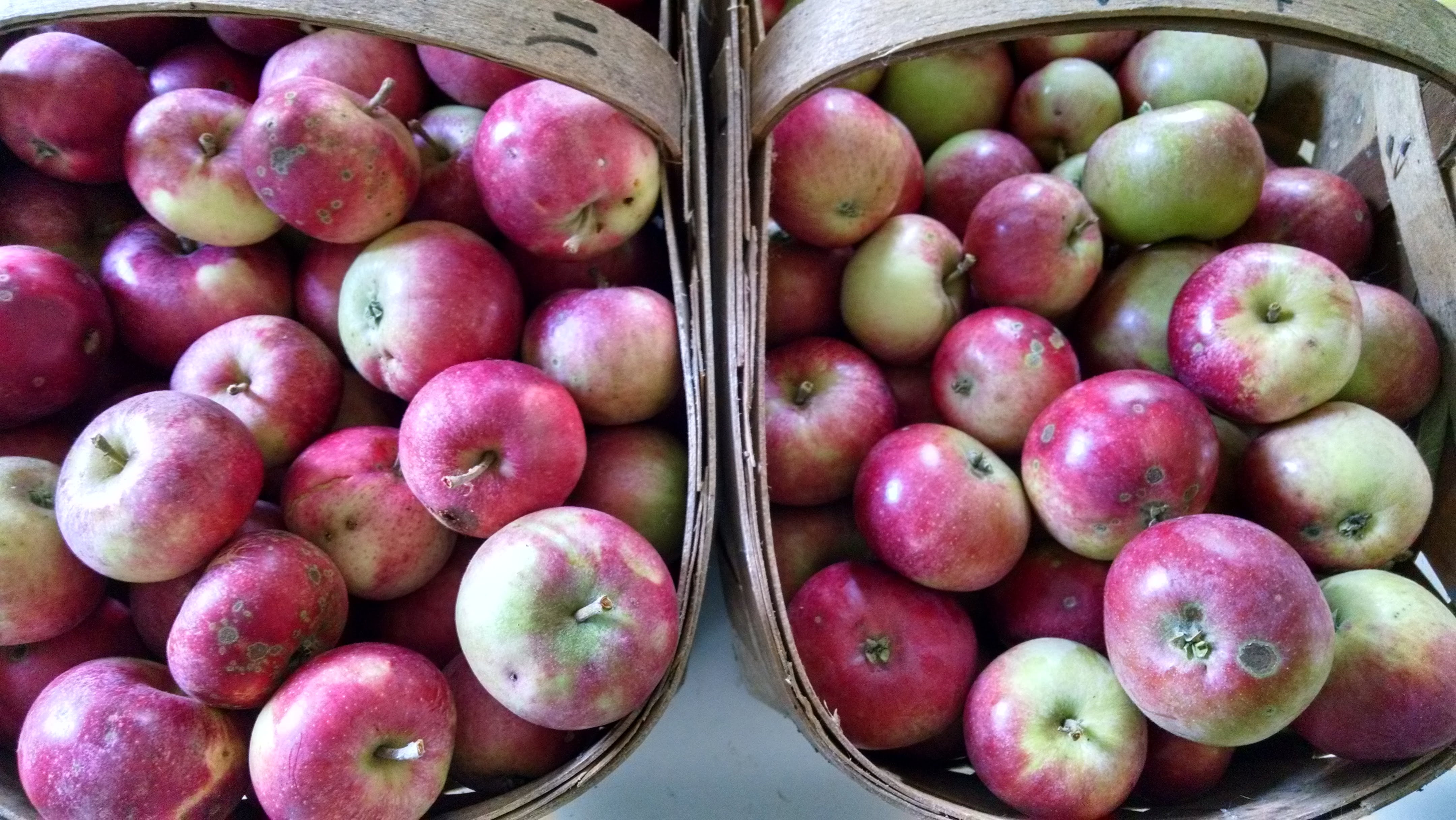
Late July and early August bring the rush of winter preparations. Night temperatures have come close to dropping below 50 degrees several times and we feel the drive to step up our work of stocking up. Rachel posted recently about dehydrating herbs. We also like to dehydrate apples. We have many apple trees, some wild crosses and some cultivated old trees. Of these apples, only the Northern Spy variety are really good eaten raw. The others are either soft-fleshed and tart or just rather bland. But we’ve found that the less palatable apples become vastly improved after dehydration. Removing most of the water leaves behind a far more intense apple. We especially like the tart apple varieties when they are dehydrated. Considering that most of our apples are not storage varieties (we’ve tried, without success), this gives us the ability to preserve our late summer and fall apple abundance well into the spring.
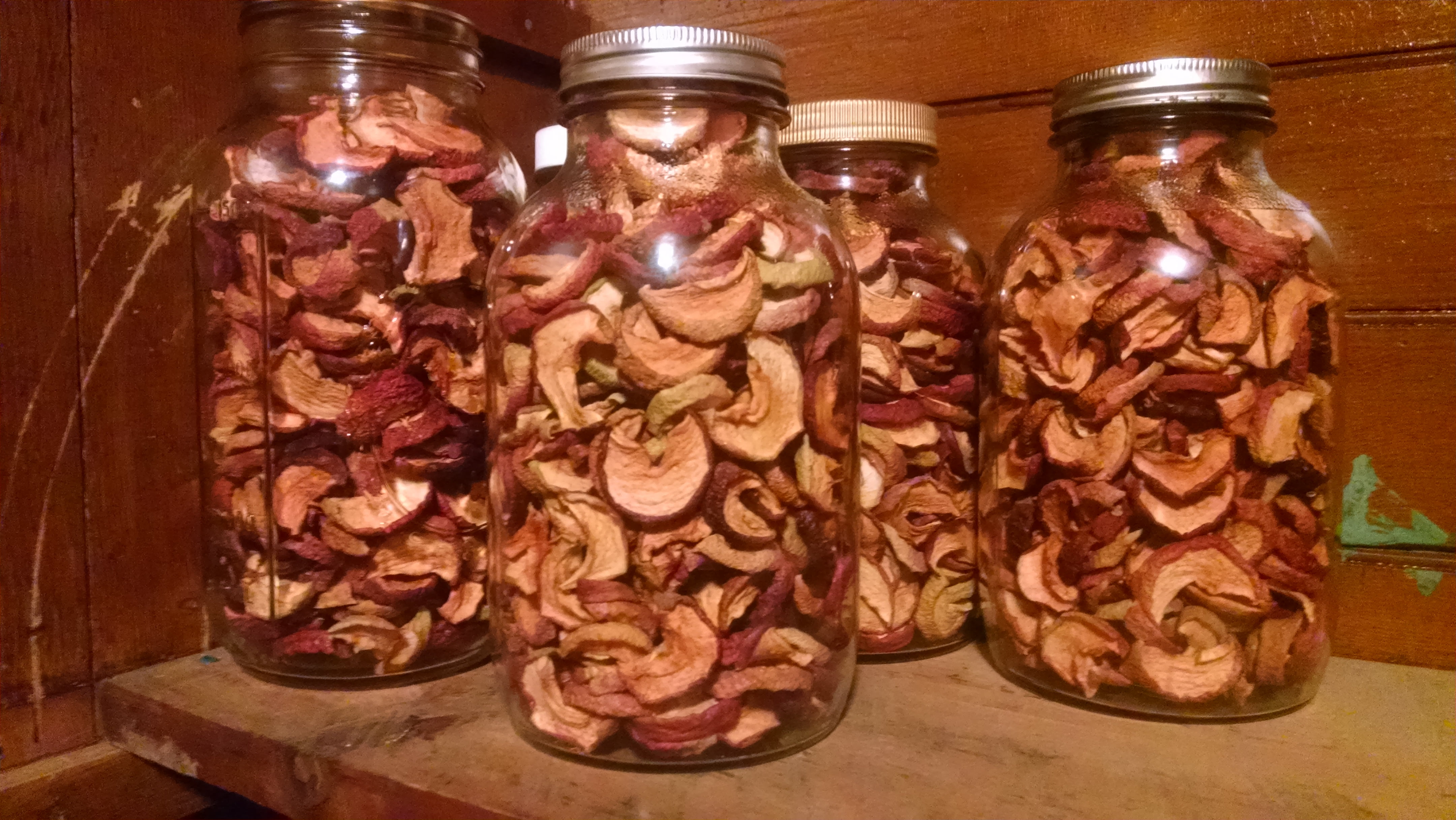
Commercially available dried apples always have the skin removed, but I prefer to leave the skin on. The skin adds the right counterpoint flavors and textures to the flesh of the apple. I don’t know if there really is anything especially healthful in the skin, particularly after the fruit has been subject to rigors of the dehydration process, but it is nice to think that it is healthier. The real reason for leaving the skin on is that it is a hassle to remove, but I can mask my shortcut-taking by asserting some smug superiority because I eat the skin. Becoming habituated to eating apple skins and bread crusts is part of that universal childhood indoctrination in character-building, moral fiber, and all that. Before you know it I feel nearly as virtuous and stoical as Marcus Aurelius, and all from eating apple skins.
Besides our food, we’ve been stockpiling food for the animals too. They also get most of their winter feed in dehydrated form as hay. We’ve still got two hay fields that are woefully late in getting their first cutting, so the quality of that hay is going to be abysmal. The rest of our hay is more appropriately harvested first cutting grass and second cutting grass/clover mixtures.
